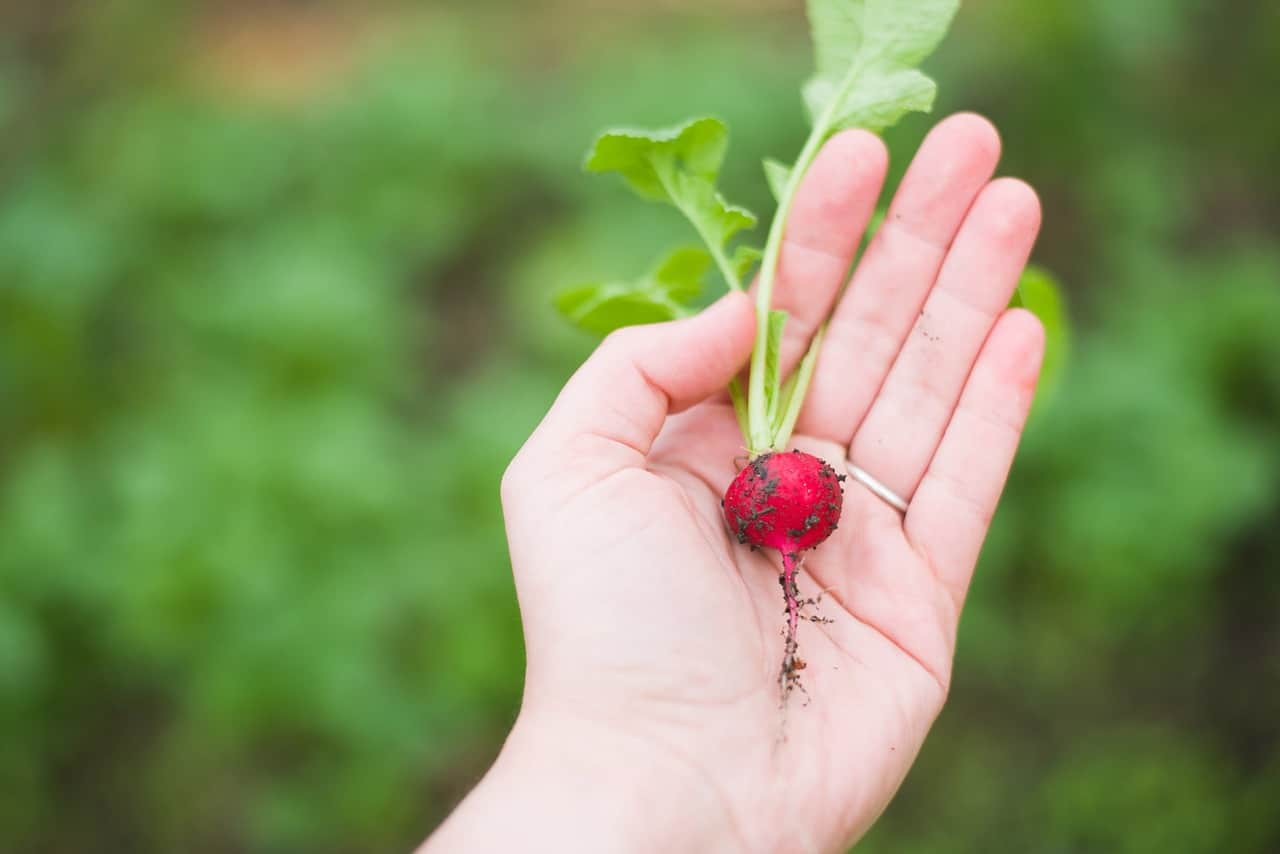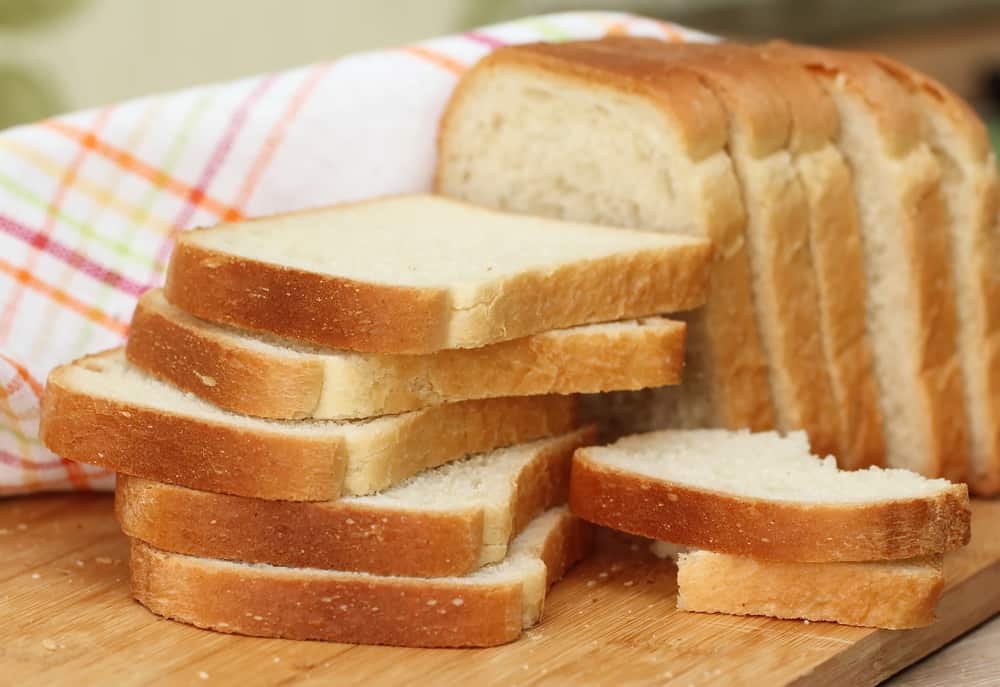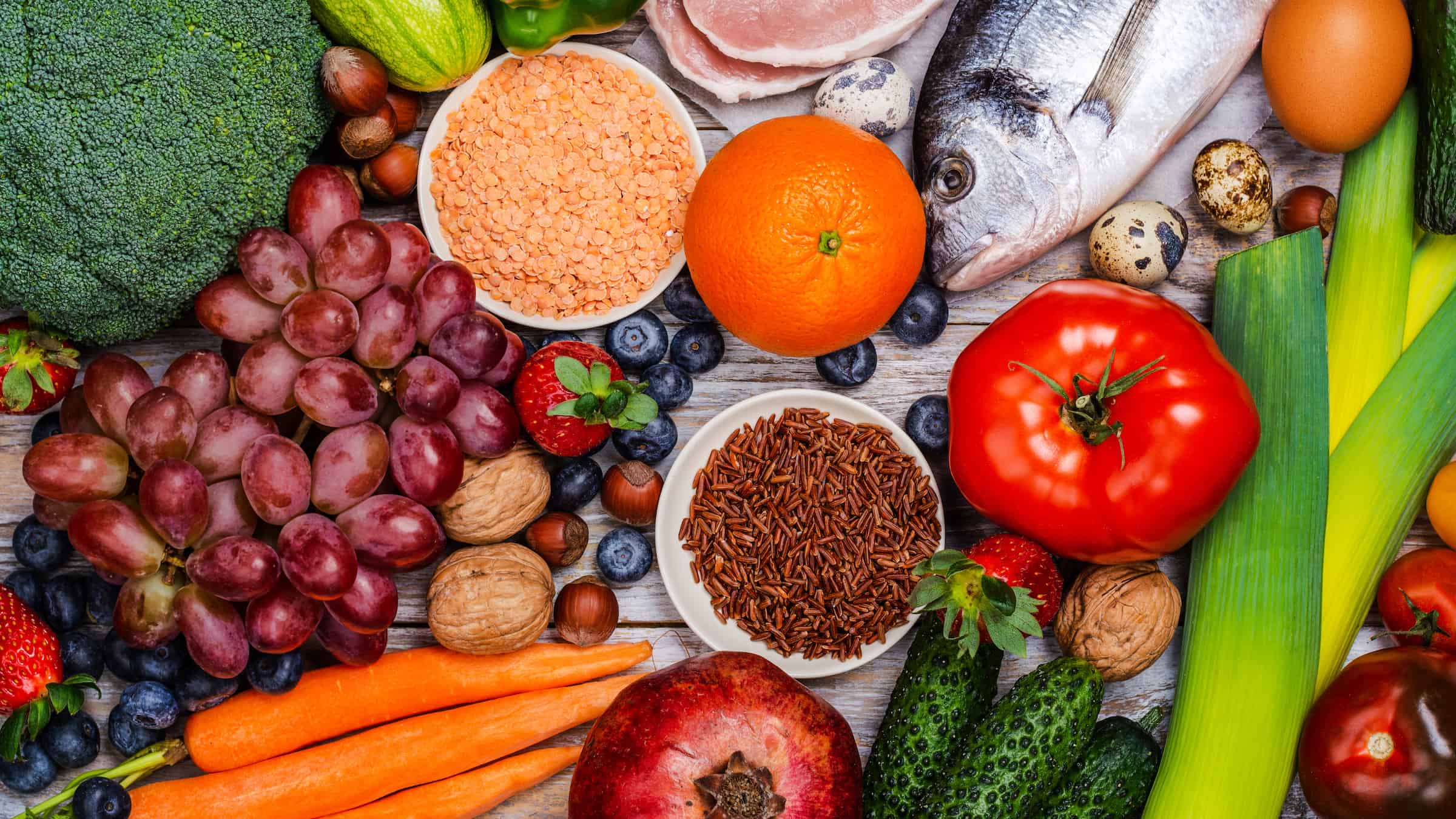Author: Devon Smolca, MS
From walking down the grocery store aisles with fluorescent lights above and our carts rolling on ahead, to mindlessly picking items off the shelves or out of the freezer section, or even ordering our groceries online, modern-day food shopping tends to create a separation between our food and ourselves.
It removes the elements of soil and sunshine, hard work and harvest, cultivation and creation, patience and persistence: all the opportunities that come into play when our food is lovingly grown. When we remove ourselves from this basic human process of growing and preparing food, we forget that the nature of our food is to simply nurture us. While we can draw pleasure from this nourishment no matter the form our food takes, the pleasures of a sun-soaked strawberry freshly plucked, or a perfectly plump tomato hanging from the vine, are simple, satisfying, deeply grounding and humbling. There are so many different ways we can reconstruct our relationship with our food and get back to the basics: those simple pleasures that remind us of the beauty and bounty that exists all around us. We can really connect with ourselves and our own values in the process. Here are some ways to take advantage of summer’s harvest by engaging in our local food communities and our own food chain.
1. Farmer’s markets
The sight of beautiful, colorful fruits, veggies, herbs, and fresh flowers laid out in boxes and baskets on a market table is a feast for the eyes and a sight to behold! By shopping at a local farmer’s market or farm stand, we are able to eat perfectly in tune with the season. In addition, the produce tastes more delicious as it’s more freshly harvested than at the store. We are also supporting our hard working local farmers to continue to feed the community!
2. CSA
Community Supported Agriculture is another, more consistent way to provide this support to local growers and get produce. By signing up for a CSA share we get a weekly box with an assortment of fruits and veggies that the farmer has available each week. This is a great way to venture out of our comfort zone and try new produce we might not otherwise think to purchase. An additional benefit of having the share is that, while it’s typically an upfront cost, it ends up being much cheaper than purchasing produce from week to week.
3. U-pick
At the height of the berry season, there is truly nothing more satisfying and summer-sweet than eating berries right off the bush! There are many farms that offer u-pick where we are given a basket and sent out to gather fruits on the farm. This is a great way to teach little ones about where their food comes from and a fun treat for anyone. Berries aren’t the only u-pick offering at farms, during the fall harvest apple or pear picking at orchards might also be available locally.
4. Home gardens
Turning a parcel of our yards into a productive garden can be hard work and it is also immensely satisfying come harvest time. In a very small plot, we can grow all our favorite veggies. Growing some of our favorite produce is a great way to connect with food in the most intimate way, save a little money and it is a fun, creative process that can be stress reducing, satisfying and rewarding. In fact, studies show that getting our hands in the soil can improve our happiness! Contact with soil microbes can actually boost serotonin levels. We were meant to make this connection!
5. Community gardens
For renters or folks who may lack the space to start gardens, many communities have community gardens where plots can be rented or where one can volunteer. Contacting a local university extension service is a great way to find out more details on locating a community garden or starting one in our communities! By gardening side-by-side and events like harvest potlucks, a community garden can be the heart of a neighborhood and connect neighbors from all walks of life.
6. Container gardening
If a garden plot feels overwhelming due to limited time, space or know-how, container gardening is a super simple and beautiful way to bring food a little close to home. Many greenhouses and garden centers even offer already potted container veggies or herbs. Some good examples of container garden plants are: tomatoes, peppers, and kitchen herbs.
7. Food cooperatives
A local food cooperative (also know as a food co-op or food coop,) is a great source of fresh and local produce as well as a source for buying healthy whole foods like dried beans, nuts, seeds, and whole grains in bulk quantities. A food co-op is — you guessed it! — cooperatively owned by community members who pay a small annual fee to support the food store and in return have an investment in the success of the store, say in the decisions that are made and the products that are carried. There is also typically an option to become a ‘working member,’ where one can volunteer to do a few hours of work at the co-op here and there for a discount on food items. A good way to think of a food co-op is a market that is people driven instead of a conventional grocery store that is profit driven. The excess profits from a food co-op tend to get directly reinvested into the community!
Real results with a personalized weight loss program
Take the quiz!

Finding new ways to connect to our food and reestablishing traditional ways not only impacts our own well-being and that of our families by making healthy choices, it can ripple out to the health of our communities at large. Relating with our food in a more intimate way connects us to those around us, our neighbors, farmers and local communities. In this process we are given an opportunity to be mindful and slow down, whether it’s by picking a berry, putting our hands in the soil, or running into a friend at the market, these moments give us a chance to check in with ourselves, reconnect with our happiness and can enrich our lives.
C.A. Lowry, J.H. Hollisa, A. de Vriesa, B. Pana, L.R. Brunetb, J.R.F. Huntb, J.F.R. Patonc, E. van Kampena, D.M. Knighta, A.K. Evansa, G.A.W. Rookb and S.L. Lightmana.28 March 2007. “Identification of an immune-responsive mesolimbocortical serotonergic system: Potential role in regulation of emotional behavior.” Neuroscience. doi:10.1016/j.neuroscience.2007.01.067





